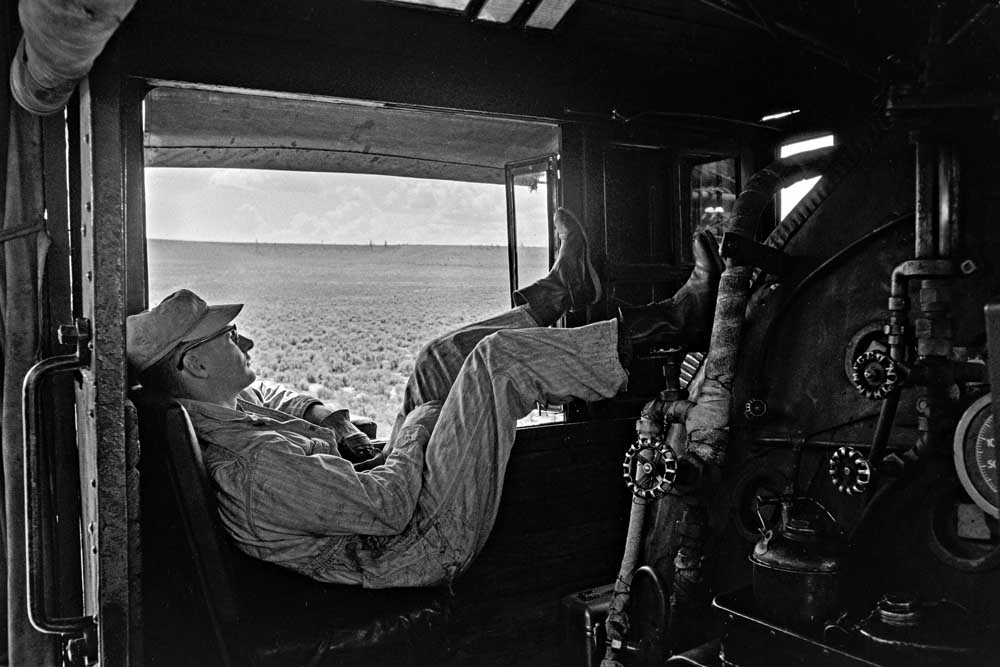
Does the world need another book about the Denver & Rio Grande Western narrow gauge? Someone might reasonably ask. Of all railroads with a literature disproportionate to its relative economic importance, the D&RGW is Exhibit A. To underscore the point, I stopped into the Kalmbach Media library to do some rudimentary research: when […]
Read More…
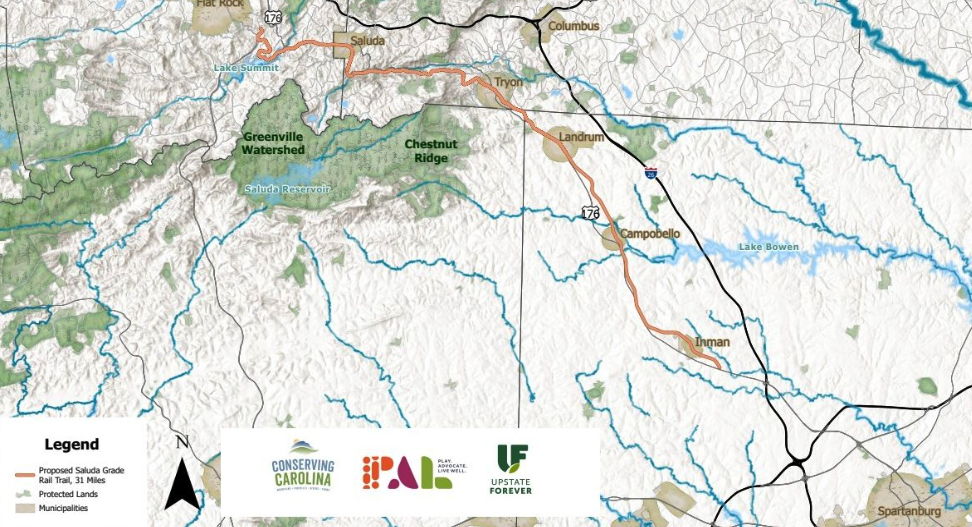
HENDERSONVILLE, N.C. — The effort to turn the former Saluda Grade into a hiking and biking trail has received an additional boost with $12 million in funding from the state of North Carolina, the Spartanburg (S.C.) Herald-Journal reports. The North Carolina state budget approved Sept. 22 includes that funding over a two-year period toward purchase […]
Read More…
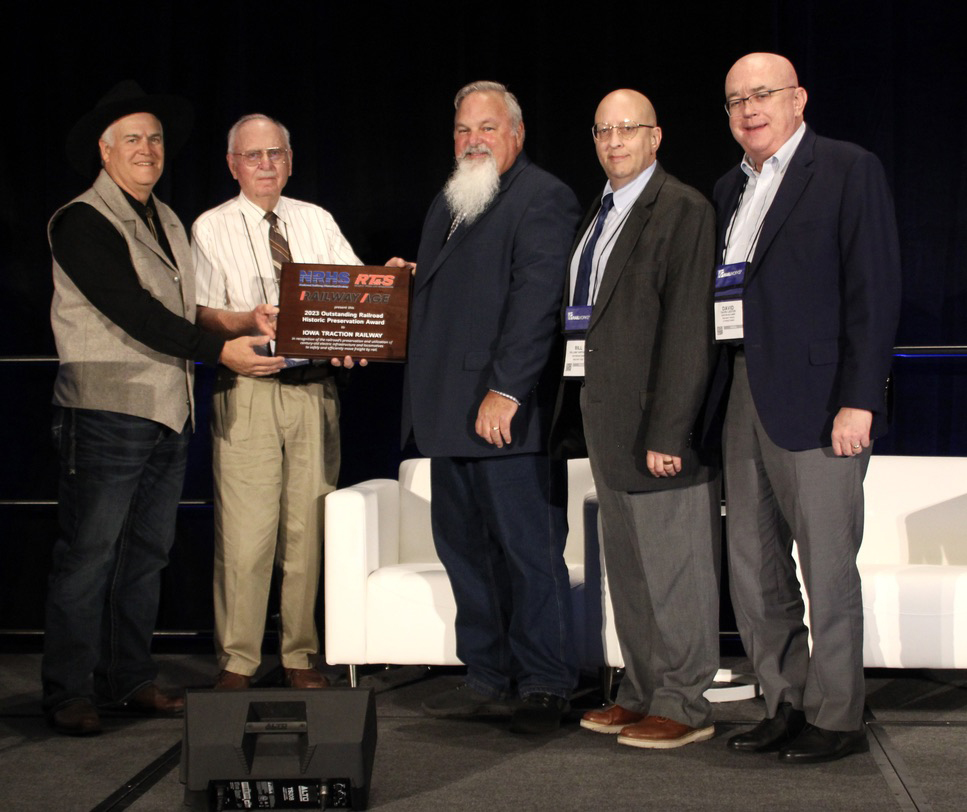
INDIANAPOLIS — The Iowa Traction Railway has received the inaugural “Outstanding Railroad Historic Preservation Award,” presented Monday at the opening day of Railway Interchange by the National Railway Historical Society in conjunction with the magazines Railway Age and Railway Track & Structures. The award honors a North American common-carrier railroad for a historically significant preservation […]
Read More…
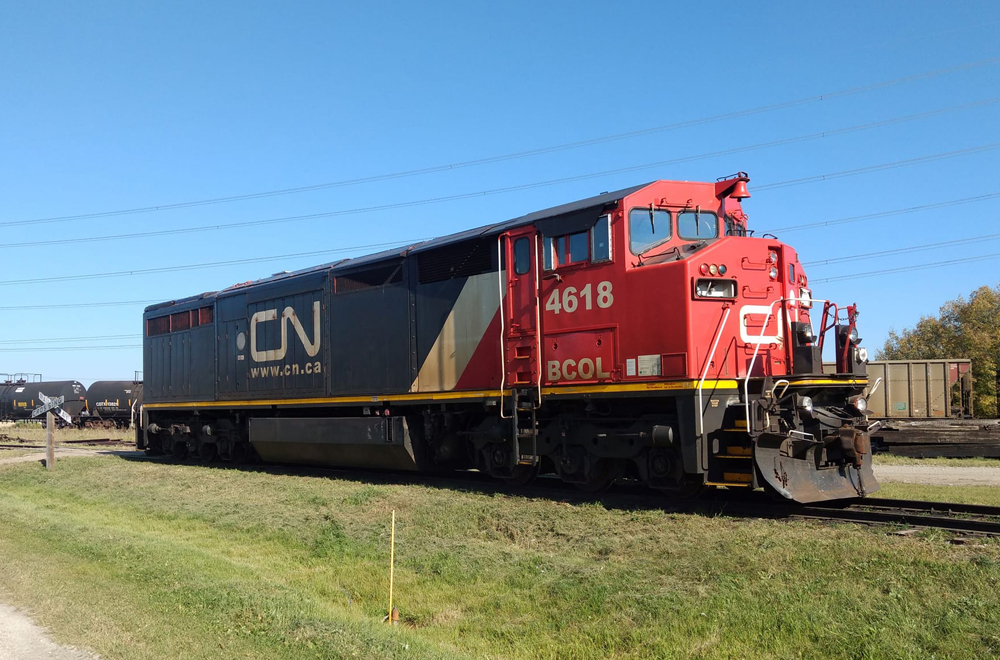
EDMONTON — Canadian National has donated a former British Columbia Railway C40-8M locomotive — a wide-cab locomotive featuring the “Draper Taper” design behind the cab for improved rearward visibility — to the Alberta Railway Museum. CN retired its fleet of the 4,000-hp General Electric locomotives earlier this year, but set aside No. 4618 for the […]
Read More…
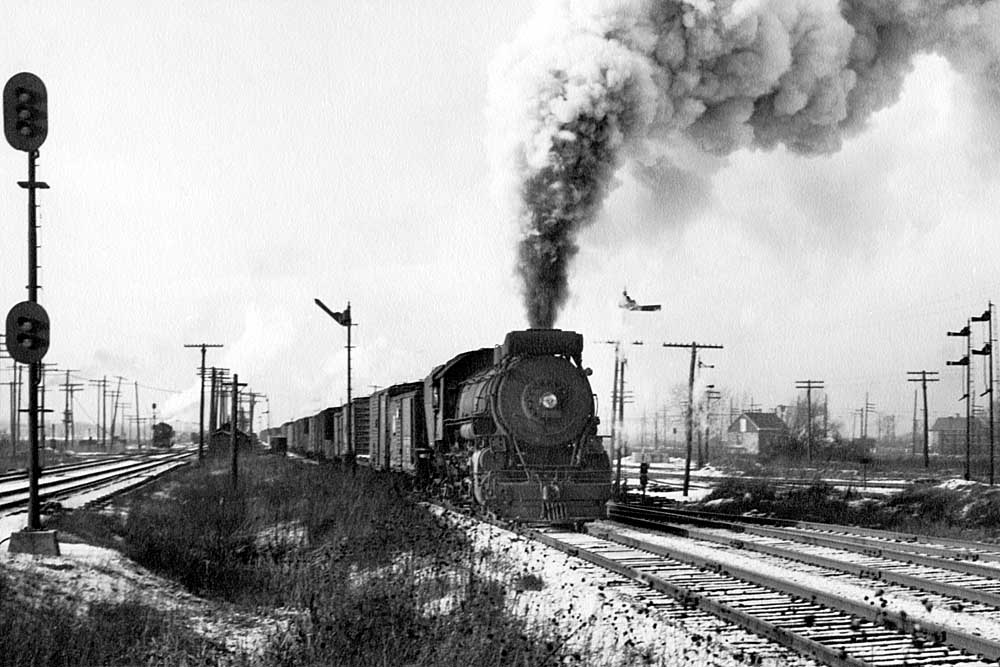
Erie Railroad history starts, surprisingly, with a canal. “The Work of the Age” was a proclamation by New York City’s Common Council upon the opening of the 300-mile New York & Erie Railway in 1851, “Erie” referring to one of the Great Lakes. New York City had become the natural gateway to the […]
Read More…
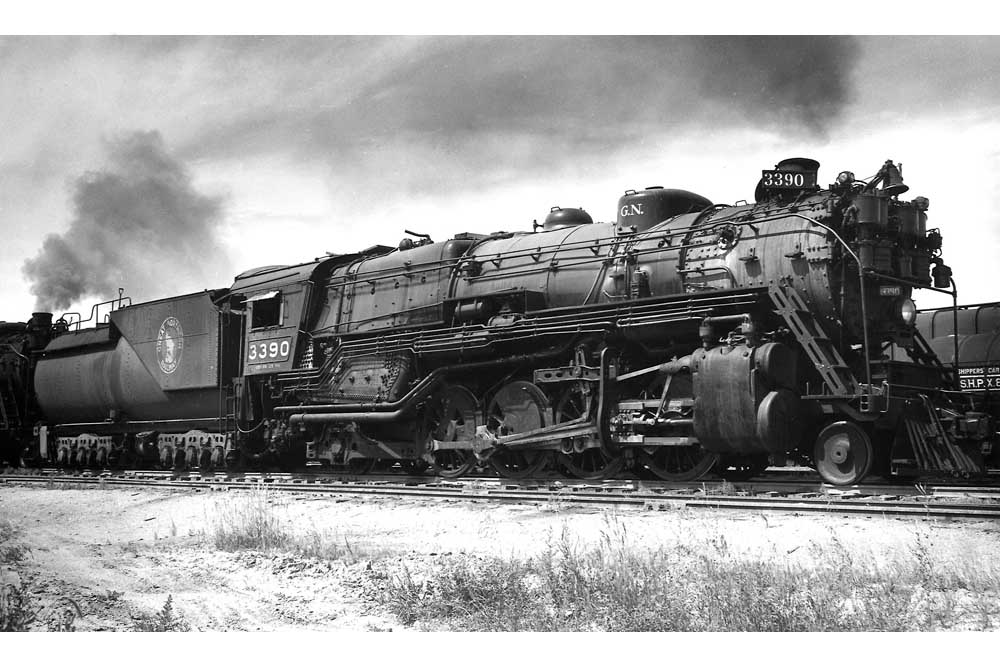
For much of the first half of the 20th century, the 2-8-2 Mikado was the dominant freight locomotive of the steam era. With its medium weight and medium power, it became the go-to, general-purpose engine — sort of the GP38 of its era. Consider how the World War I-era United States Railroad Administration divvied up […]
Read More…
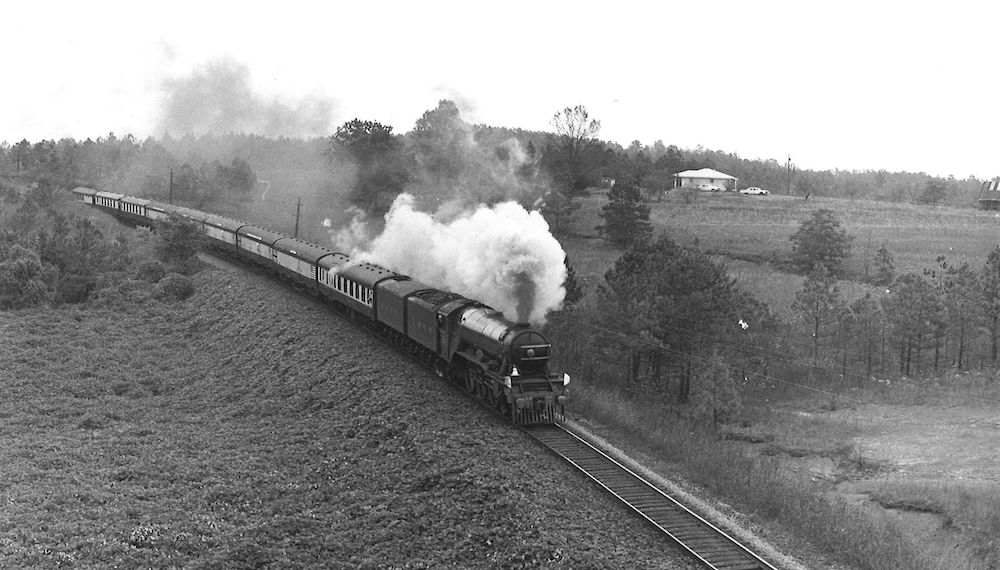
AVIEMORE, Scotland — At least five people were injured as landmark British steam locomotive Flying Scotsman was involved in what is described as a “slow speed” collision Friday at a heritage railway in the Scottish Highlands, the Guardian newspaper reports. The incident occurred about 7:10 p.m. Friday on the Strathspey Railway, which was preparing for […]
Read More…
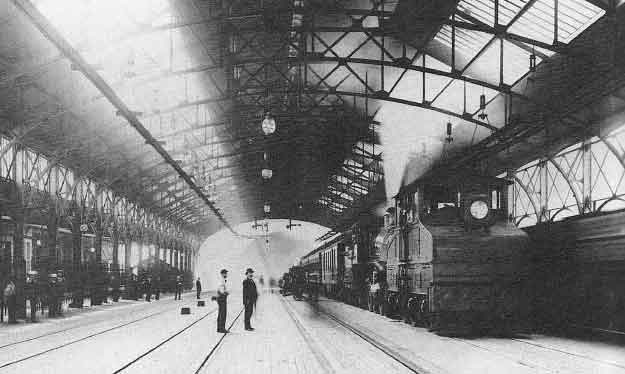
Baltimore & Ohio’s Howard Street Tunnel below downtown Baltimore was the site of the first “steam-railroad” electrification in America. This view at Mount Royal station is from shortly after the start of service in 1895. Classic Trains coll. […]
Read More…
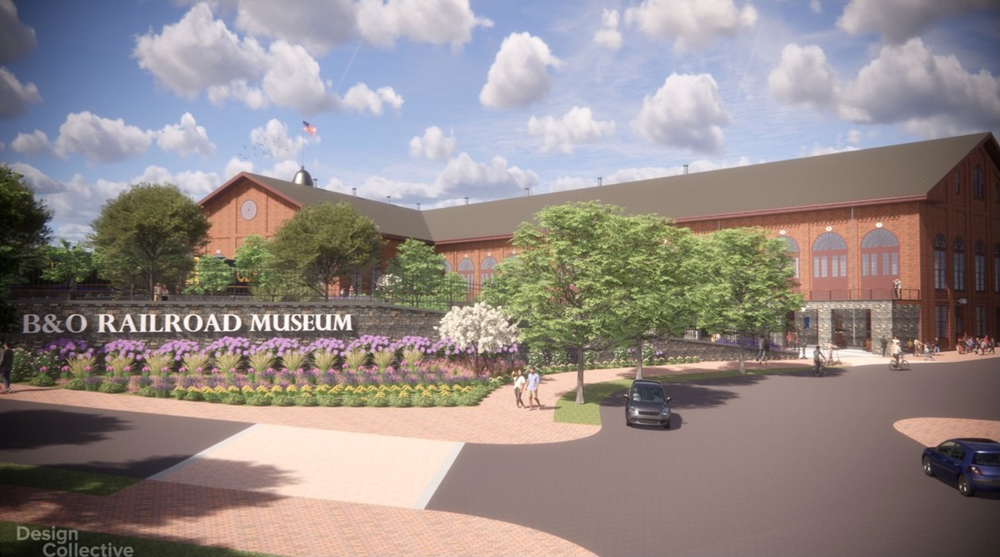
BALTIMORE — The South Baltimore Gateway Partnership will provide $1 million in funding for the Baltimore & Ohio Railroad Museum’s plan to restore its South Car Works Building and create open community space as part of the museum’s new master plan. Restoration of the Car Works building, the oldest continuously operating railroad repair facility in […]
Read More…
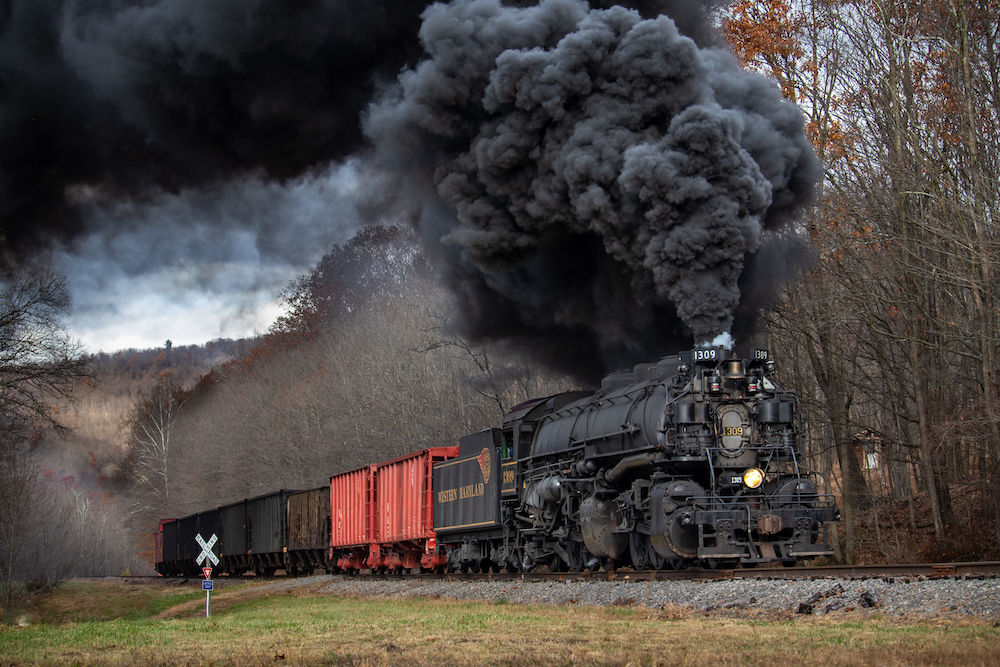
Who built the steam locomotives? In the transportation business of today, “Big Three” invariably means General Motors, Ford, and Chrysler, the dominant U.S. domestic automakers. But just a few decades ago, when the manufacture of steam locomotives was a bellwether American industry, “Big Three” could only have meant Alco, Baldwin, and Lima. Maybe these great […]
Read More…
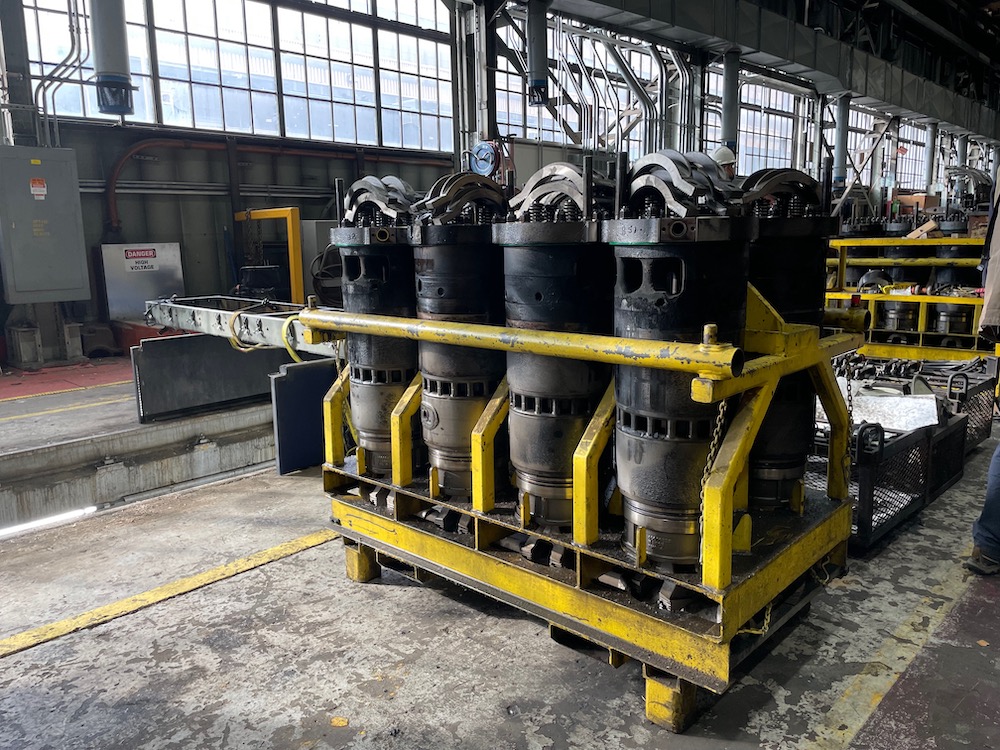
What’s the difference between a four-stroke diesel engine and a two-stroke engine? It’s more than just a matter of numbers, as Vernon L. Smith explained in “Cycles and Cylinders,” in the May 1979 issue of Trains Magazine: A four-cycle engine requires four strokes of the piston, covering two revolutions of the crankshaft, to complete one […]
Read More…
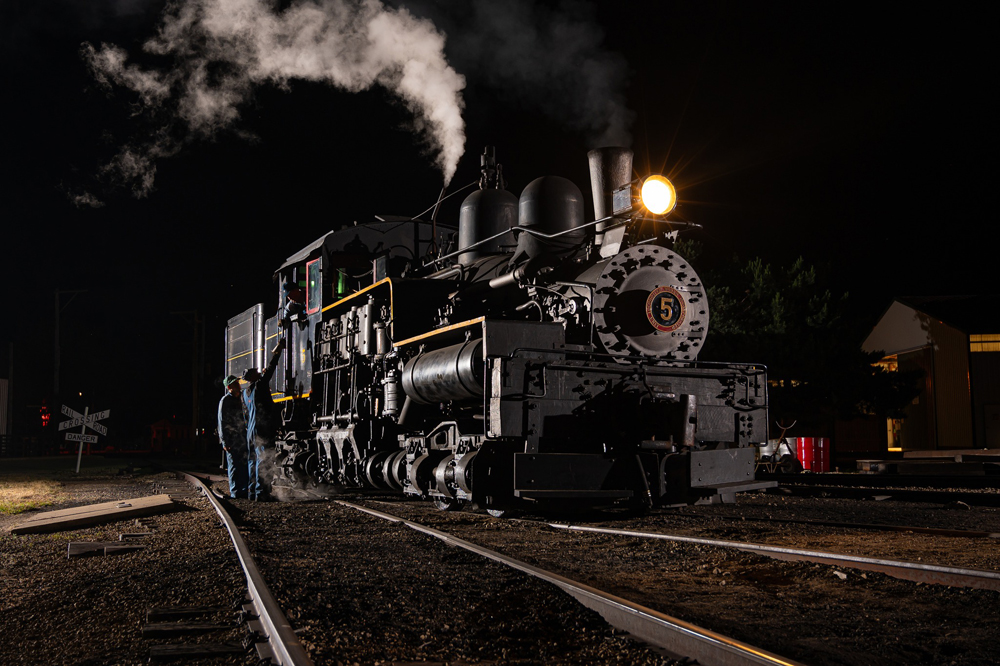
UNION, Ill. — A few spaces remain for a night photo session set for Oct. 7 at the Illinois Railway Museum as part of its “Steam Into Fall” event, marking the end of the museum’s 2023 operating season. The session will feature Frisco No. 1630, the museum’s “Russian Decapod” built by Baldwin in 1918, and […]
Read More…












